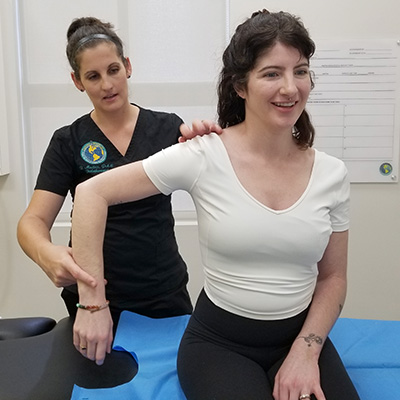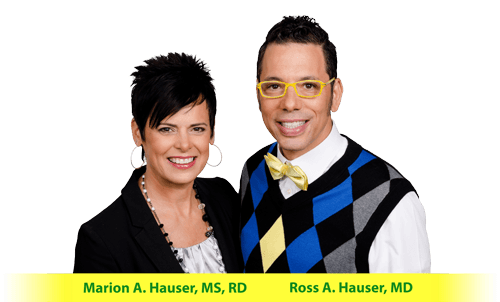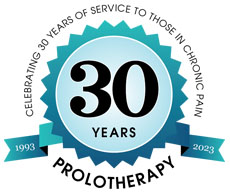 The other day, one of our friends (a guy) wanted to arm wrestle with Marion. Hum, she works out – so I would be careful. Needless to say, he blamed his “bad shoulder” on the results! LOL
The other day, one of our friends (a guy) wanted to arm wrestle with Marion. Hum, she works out – so I would be careful. Needless to say, he blamed his “bad shoulder” on the results! LOL
The shoulder is one of the most mobile joints in the body and also one that can become the most unstable! Shoulder instability due to ligament laxity is the primary cause of the majority of shoulder pain conditions, yet it often goes undiagnosed. Unfortunately, this leads patients to receive cycles of NSAIDs and cortisone shots which mask the pain and further the degenerative processes.
Let’s take a little closer look at shoulder injuries:
Symptoms we commonly see in shoulder instability cases include cracking or popping of the should joint, loss of full shoulder motion and/or strength, muscle spasms around the shoulder, and of course, shoulder pain.
Common conditions associated with shoulder instability:
- Snapping Scapula Syndrome
- Shoulder Bursitis
- Impingement Syndrome
- Shoulder Arthritis
- Labrum Degeneration
- Shoulder Bone Spurs
- Rotator Cuff Tears
- Shoulder Labral Tears
- Supraspinatus Tendinosis
Who usually develops shoulder issues? Athletes who perform overhead movements such as in racket sports, weightlifting, baseball pitching, football throwing, golf, swimming, as well as contact sports, may develop shoulder issues. Those with jobs that involve repetitive shoulder motion, as well as those who have sustained a traumatic injury such as a direct blow or a fall may also experience shoulder pain.
Remember also, prolonged poor posture like slouching or the facedown lifestyle (over an electronic device) can strain the muscles and ligaments around the shoulder. Of course, as we age, our joints undergo wear and tear, and we may develop arthritis in the shoulder – but again, the underlying reason for this is loose ligaments that cause joint instability which will continue to progress if left untreated.
How to prevent shoulder injuries:
As with any sport/activity, warm up and stretch prior to physical activity that involves actively engaging the shoulders. Work on using proper technique and incorporate strengthening and motion exercises into your regular routine to add support and stability. Finally, be conscious of your posture – as this contributes to slumping forward shoulders and adds strain to the shoulder structures. This can also contribute to neck issues.
Treating Shoulder Injuries at Caring Medical: When the shoulder first starts to feel painful, we always recommend that patients receive the most conservative treatments first. However, if you find that your shoulder pain is not resolved with treatments such as exercise, massage, PT, chiropractic and/or acupuncture, it’s time to consider regenerative treatment options that stimulate your shoulder attachments to heal. To fix joint instability of the shoulder, the ligamentous and shoulder capsular structures must be strengthened. The main capsular structure involved in the stability of the shoulder is the glenoid labrum, which holds the humerus bone to the glenoid cavity of the scapula. Patients often also experience weakness in the supraspinatus tendon, acromioclavicular ligament, glenohumeral ligament, and structures that attach to the coracoid process. Once these structures are stretched or loosened, no amount of exercise will strengthen the shoulder joint enough to permanently hold it in place.
After a detailed musculoskeletal ultrasound examination by one of our providers, Prolotherapy (sometimes in combination with platelet rich plasma) is often used to treat these shoulder injuries. All the attachments are injected, as well as the labrum and/or joint itself as needed. Patients typically require 3-6 visits at monthly intervals for complete resolution of the issue.
We would love to help you get back to doing the things you love pain-free.



